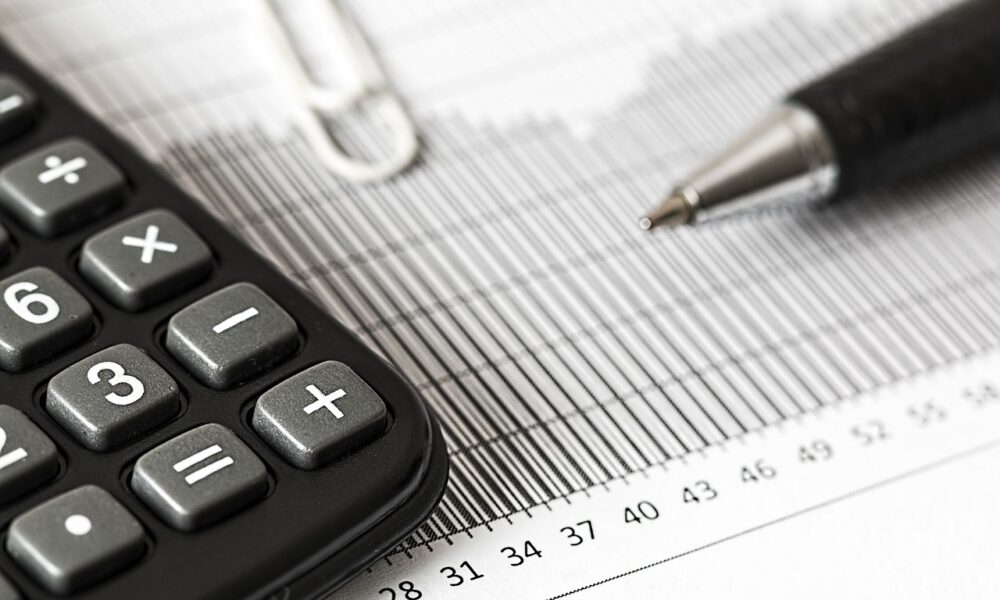India Finance Secretary T.V. Somanathan had told media outlets last week that crypto taxation is kept next to winnings from horse races, or bets and other speculative transactions with the proposed 30% transaction tax. Alongside that, the 1% TDS announced with a threshold had got the industry worried.
‘Volumes will drop off the cliff’
Nithin Kamath, CEO, and co-founder of stock trading platform Zerodha has now warned that cryptocurrency volumes are set to drop with the TDS announcement. He told a local paper,
“They say the devil is in the details. I missed the 1% TDS on all Crypto trades, similar to the TCS of 0.1% on Gold. I assumed that the TDS is only on the gains. With this 1% TDS, I think Crypto volumes in India will drop off the cliff come July 1st 2022 when it is implemented.”
What is worth noting is that in media interactions, CBDT Chairman JB Mohapatra had explained that the onus of the TDS will be on the purchaser. However, more clarity is required when an Indian is dealing with a decentralized or a P2P platform when the counterparty is not known. Similarly, questions arise if the counterparty is not based in India.
Speculation discouraged
Raj Kapoor, founder of India Blockchain Alliance told Forbes,
“If you are a long-term investor, then paying the TDS should not be a problem. But if you are a day trader dealing with multiple transactions daily then you are finished. It discourages speculation.”
However, interestingly, right after the budget announcements, exchanges had reported a short-term increase in exchange signups. Even when the effect of the regime is being debated and any conclusion is premature. WazirX CEO Nischal Shetty had told The Economic Times that the exchange saw more than a 50% increase in sign-ups a day after the Budget announcement. Other exchanges also noted an increase in sign-ups, but what led to the increase cannot be directly associated with the budget.
Coming back to the TDS bit, the policy is set to apply from 1 July. How Tax Deducted at Source (TDS) works is that it is refunded once the tax amount levied is paid off after filing the ITR returns. However, Kamath further commented that volumes will fall and spreads can widen significantly as a result of the TDS.
“A 1% TDS means 1% of every trade value is blocked by the platform. So in 50 trades, 50% of the account value can be blocked for TDS regardless of the P&L. Volumes are bound to drop and spreads can widen significantly. This will end up creating a snowball effect.”


